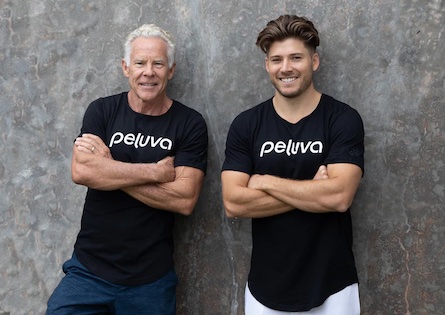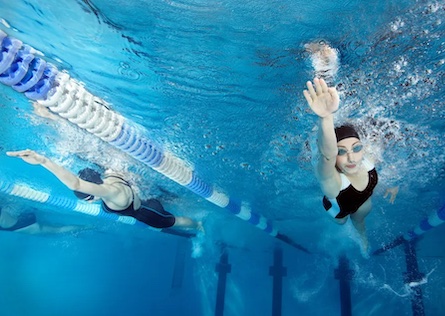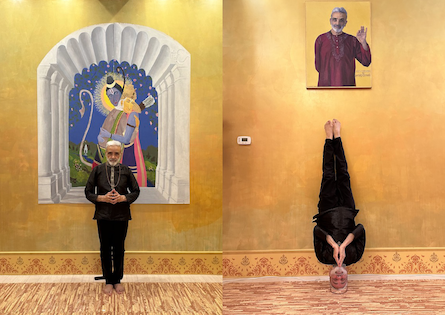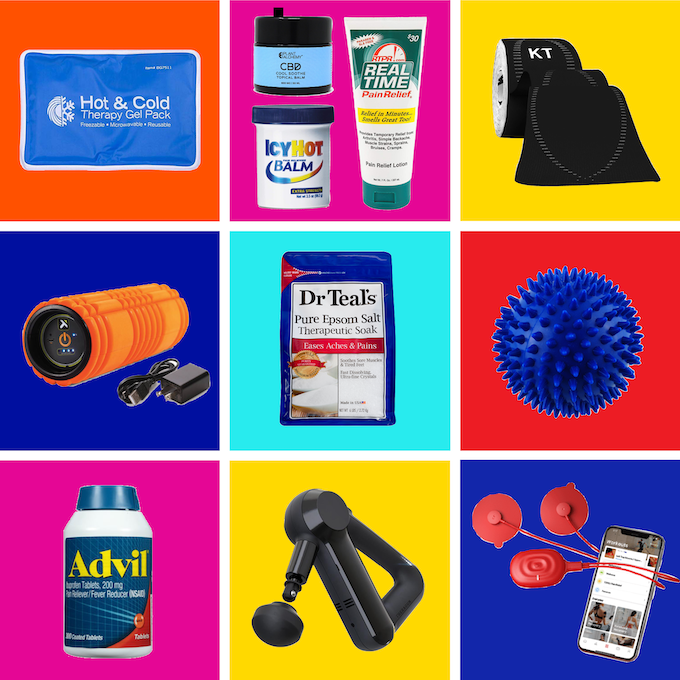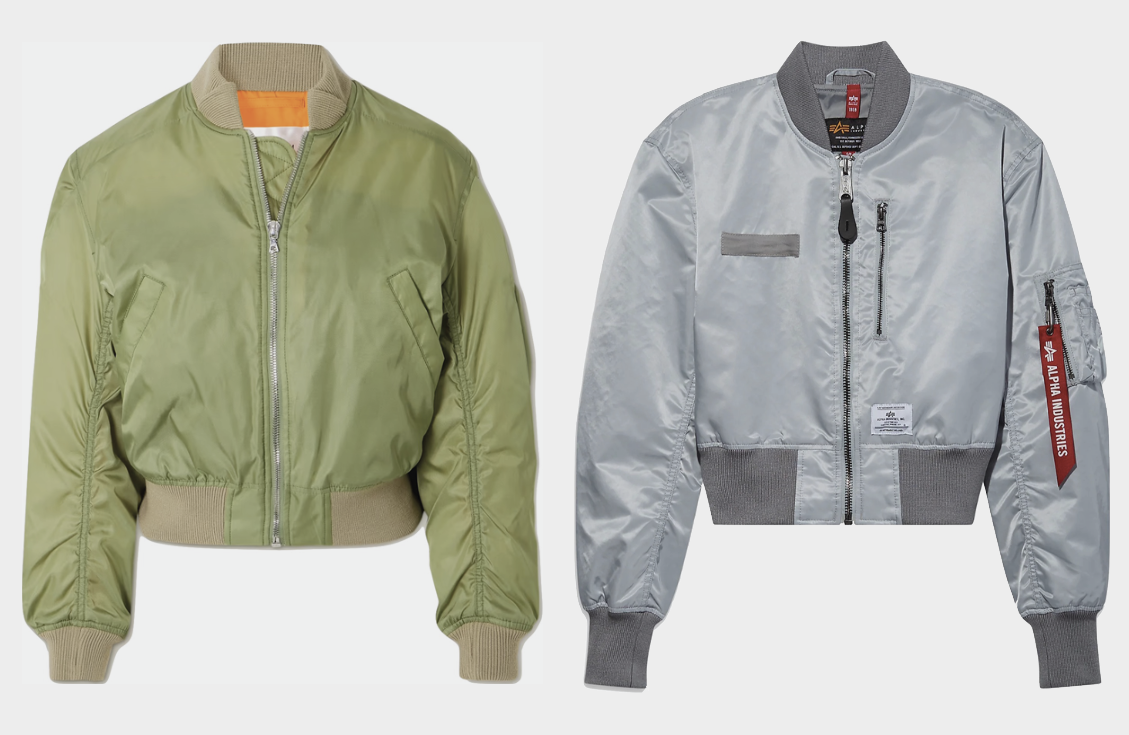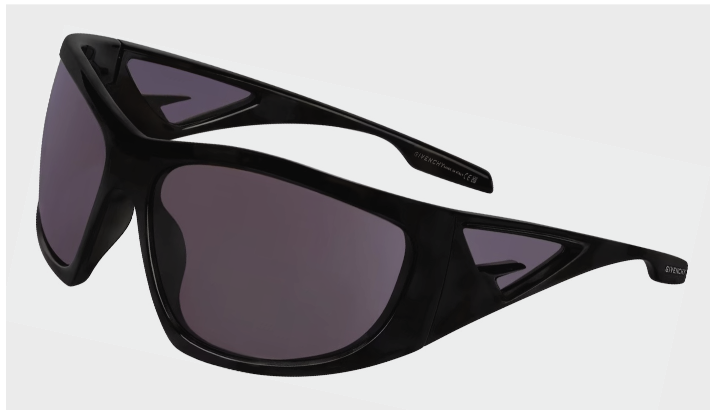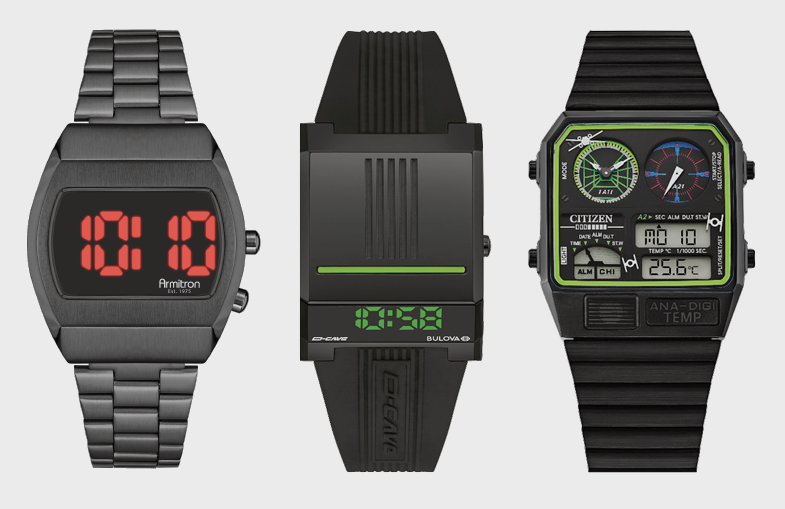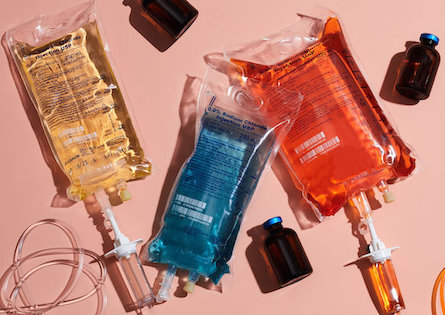For many fitness lovers and weekend warriors, overuse injuries often come with the territory. Luckily there are chiropractors, acupuncturists, and massage therapists to get us back in action as fast as possible. When the coronavirus pandemic hit however, those practitioners’ offices closed, and with that went the treatments and therapies on which we’ve come to rely.
Though many sport and physical therapists’ offices are now open, with Covid fears and the pandemic lingering, some people are still reluctant to go, despite the safety precautions doctors and health practitioners have taken. While we can’t replace the hands-on techniques of a great physical therapist, there are a number of things we can do ourselves to keep those nagging injuries from becoming more serious.
One of my primary sport therapists is Dr. Peter Duggan of Fuel Spine & Sport in Manhattan, where in addition to skeletal adjustments, they use active release therapy, along with a variety of other muscular therapies and modalities to treat both recreational and professional athletes. He and I spoke about what recovery therapies we can do on our own when getting into the doctor’s office is not an option or as convenient as it once was.
ICE VS. HEAT
Many people are unsure when to use ice on an injury versus when to use heat. It’s actually pretty basic. For pain, inflammation, and swelling you want to use ice — especially with a traumatic or sudden injury like an ankle sprain or back pain so severe you can barely move. For general muscle soreness and tightness, use heat. Dr. Duggan says there is also a combination of the two called “contrast therapy”, which is a flushing mechanism we can use as well. He uses the example of a patient who has had pain and inflammation for 2-3 days. The swelling has gone down, the pain has mostly subsided, but the area is still sore, Dr. Duggan recommends using ice to reduce any remaining swelling, and then heat to bring blood flow. Ice again, and then heat. Repeat as needed.
Dr. Duggan does point out that while you’ll never hurt yourself icing, you can do so with heat. Take a herniated disc for example. Heat brings more blood to the area, and with that more swelling and inflammation — not what you want with a swollen joint.
EPSOM SALTS
An Epsom salt bath is a great pain and inflammation therapy we can do at home, and nice for overall relaxation as well. Magnesium sulfate is the active ingredient. The salt draws fluid and swelling away from the pain site, helps sooth muscles, and loosen stiff joints. Magnesium is also known as a natural sleep aid, an added benefit if you take an Epsom salt bath before bed.
KT TAPE
KT tape is one of my go-to remedies. KT, and other kinesio tape, is non-restrictive and allows for full range of motion, in contrast to traditional sports tape. One of the added benefits of KT is a library of how-to videos on YouTube that makes it easy to apply for virtually any injury.
Although Dr. Duggan says the tape doesn’t actually fix anything, it can help with mobilizing the area. “If a patient has a lingering injury and an event coming up, like a 10k race or volleyball tournament, I will use tape. It can help with swelling, especially overt, and help mobilize the soft tissue and fascia around the injured area.”
In many cases it does alleviate pain as well, because it stimulates the “mechanoreceptors” — sensory cells that respond to physical pressure. The tape stimulates sensation around it, and in your mind reduces the pain because you feel the tape pulling on your skin.
ANTI-INFLAMMATORIES
Advil and Aleve are anti-inflammatories and pain relievers that are lower dosage of prescription medicines Ibuprofen and Naproxen Sodium, respectively. We have all been known to swill them down after overdoing it or sustaining an injury. Generally that’s okay, but Dr. Duggan warns to make sure your stomach can handle it because overuse can lead to gastric distress or even a bleeding ulcer.
“There is a time and place for anti-inflammatories”, he says. “With uncontrolled inflammation, extreme discomfort, or severe pain I will mention anti-inflammatories, but for nagging injuries and everyday aches and pains, I don’t recommend their use. Save these drugs for when you really need them.”
Voltaren, which is Naproxen Sodium in a gel form, is a great alternative that can rubbed on the injured area. It used to be prescription only, but is now available over the counter and saves your stomach.
SPORT CREAMS
There is a plethora of sport creams available, generally offering “temporary relief of minor aches and muscle pains”, as written on the label. Brands like Ben-Gay, Mineral Ice, and Tiger Balm have been around for years. The primary active ingredients are camphor or menthol that provide the cooling sensation, and methyl salicylate, the analgesic in aspirin, which also acts as a counterirritant that causes the skin to feel cool and then warm. These sensations on the skin distract you from feeling the deeper aches and pains in your muscles and joints.
More natural and holistic sport creams have come onto the market in recent years in which the main active ingredient is usually Arnica Montana, an herb that can help with muscle soreness, tension, swelling, and also help to prevent bruising. Traumeel was one of the first to gain public recognition. A few I happen to like in particular are KT Recovery and Real Time Pain Relief, made with a blend of all of the above. Then there are the CBD creams as well, with the effectiveness depending on the type of CBD and how much is in each dosage.
Though I do find many of them to be very effective, what might work for me, might not work for you. In my experience, it’s a matter of personal preference and pain relief depends on the individual. Dr. Duggan does recommend their use in particular instances. “Let’s say you had a hard workout yesterday, but want to go for a run or play basketball. These creams can help if you’re stiff and sore. They help loosen up the muscles and relieve some pain to make you more comfortable, so you can do better warm-up exercises and stretches.”
PAIN PATCHES
Many of these pain relieving creams also come in a more concentrated patch form, some with Lidocaine for extra pain relief. Salonpas, Aspercreme, Icy Hot, and many others which can be found at most drugstores. The benefit of a patch is targeted, no-mess pain relief.
Dr. Duggan recommends their use in the case where you might be sitting for a long time. “Say you’ve got a big meeting and are not going to be able to get away from that Zoom screen for a while, these patches will help numb the area, warm, and loosen it up… and won’t mess up your shirt either.”
TENS MACHINES
If you’ve done any sort of physical therapy or rehab on an injury, chances are the electrical stim machine was one of the modalities used. Known as TENS (transcutaneous electrical nerve stimulation), it works by delivering small electrical impulses through electrodes attached with adhesive pads to the skin. These electrical impulses flood the nervous system, reducing its ability to transmit pain signals. Battery operated, home TENS units are available as well.
While Dr. Duggan says in-office machines work much better in an anti-inflammatory capacity, “if you rolled your ankle playing tennis, twisted your knee playing volleyball, or overdid it at the gym, these home units are great for treating intense pain.”
SPORT MASSAGE TOOLS
Foam rollers, spiky balls, handheld vibration guns — there is a vast assortment of sport massage tools to suit your personal preference and budget. Within each category there is a wide assortment of options available too.
Foam rollers can range from no-frills foam, to ones with teeth, to vibrating models for even more effectiveness. Prices range accordingly from about $20 – $200, but all work on the myofascial layer to reduce muscle tension, improve blood flow, and aid in injury prevention and rehabilitation.
Vibration therapy tools like the Theragun and Hypervolt utilize high frequency percussion to reduce muscle and joint pain, improve mobility, and enhance recovery — not just by targeting the body, but the brain too. The perception of movement overrides pain. However, Dr. Duggan warns not to stay on one spot for too long, as that can do more harm than good. “In the case of swelling and inflammation, stay away from the area of pain and work around it. It’s better for bigger muscles like the hamstring, quad, and glutes that can take a beating.”
Spiky balls come in a variety of sizes, all with teeth that dig into specific areas that are tight or sore. There are vibrating models as well. By targeting trigger points, they can reduce pain levels, improve range of motion, and subsequently improve joint mobility — something Dr. Duggan stresses the importance of, especially during these times as we spend more time at home sitting.
“It’s more critical than ever to keep the body flexible. Lack of mobility is starting to be classified as a morbidity factor like obesity. We all lose elasticity as we get older, but with the aid of these tools — along with things like yoga, Pilates, and stretching — that can be mitigated if we don’t lose mobility as well.”
THE WRAP UP
Be it a sports injury or your overall health and wellbeing, all of these home therapies can serve as both remedy and prevention. Says Dr. Duggan, “These are great tools when people can’t get to their doctor or don’t want to leave the house. Home remedies will usually help, but when they don’t it’s time to check in with a professional.”


